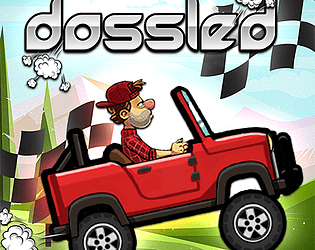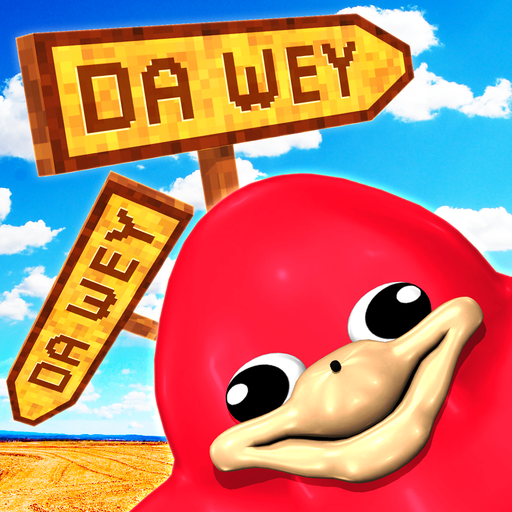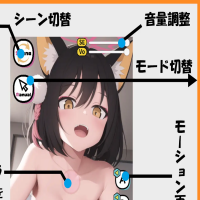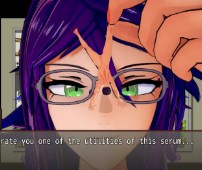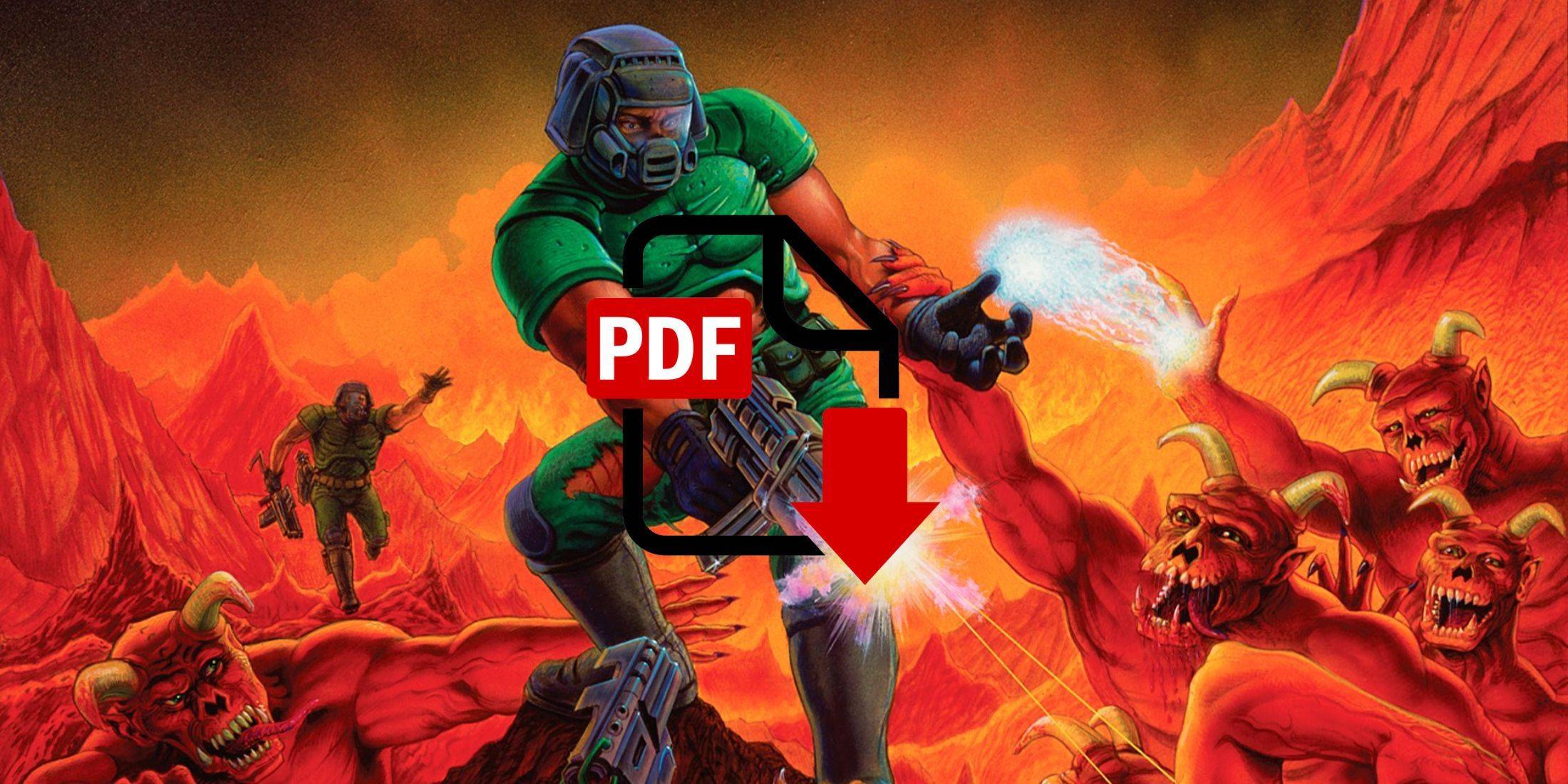
Summary
- A high school student has successfully ported Doom (1993) to a PDF file, demonstrating a slow yet playable experience.
- Doom's small file size enables its operation on unconventional devices, such as the Nintendo Alarmo and within other video games.
- The ongoing efforts to run Doom on various platforms underscore its lasting legacy and continued relevance in the gaming community.
A high school student's innovative project has brought the iconic game Doom (1993) to an unexpected platform: a PDF file. This remarkable achievement adds to the list of unconventional devices on which Doom has been played, highlighting the game's enduring appeal and versatility.
Developed by id Software, Doom is celebrated as one of the most influential video games, particularly in the first-person shooter (FPS) genre. Its impact was so profound that it inspired the term "FPS," and for years, similar games were often referred to as "Doom clones." Over recent years, a trend has emerged where programmers and gaming enthusiasts have challenged themselves to run Doom on a variety of unexpected devices, from fridges and alarm clocks to car stereos—essentially, any device with a modicum of computing power.
This trend reached a new milestone with the efforts of high school student and GitHub user ading2210, who successfully ported Doom into a PDF file. The PDF format, which supports JavaScript, enables functionalities such as 3D rendering, making HTTP requests, and detecting users' monitors. While most interactive PDFs use small text boxes as pixels, Doom's 320x200 resolution requires thousands of text boxes per frame, which is impractical. To circumvent this, ading2210 utilized one text box per screen row, resulting in a slow yet functional game. A video shared by the creator showcases the game running without color, sound, or text, with an 80ms response time per frame.
High School Student Ports Doom (1993) to a PDF
One of the reasons behind the feasibility of such ports is Doom's compact size of just 2.39 megabytes. Recently, in November, a programmer managed to make Doom playable on the Nintendo Alarmo, using the device's dials for character movement and side buttons for menu navigation. The creativity doesn't stop at physical devices; another enthusiast successfully integrated Doom into Balandro, allowing players to experience the classic FPS across the game's spread cards, albeit with performance limitations similar to the PDF version.
The motivation behind these projects isn't necessarily to achieve smooth gameplay on these unconventional platforms. Rather, they demonstrate the limitless creativity and ingenuity of the gaming community in exploring new ways to run Doom. More than 30 years after its release, Doom's continued relevance is a testament to its enduring legacy. As enthusiasts continue to push boundaries, it's exciting to anticipate where Doom might appear next.




